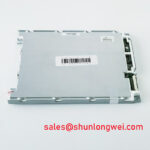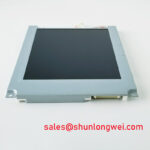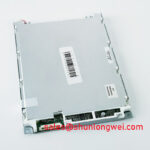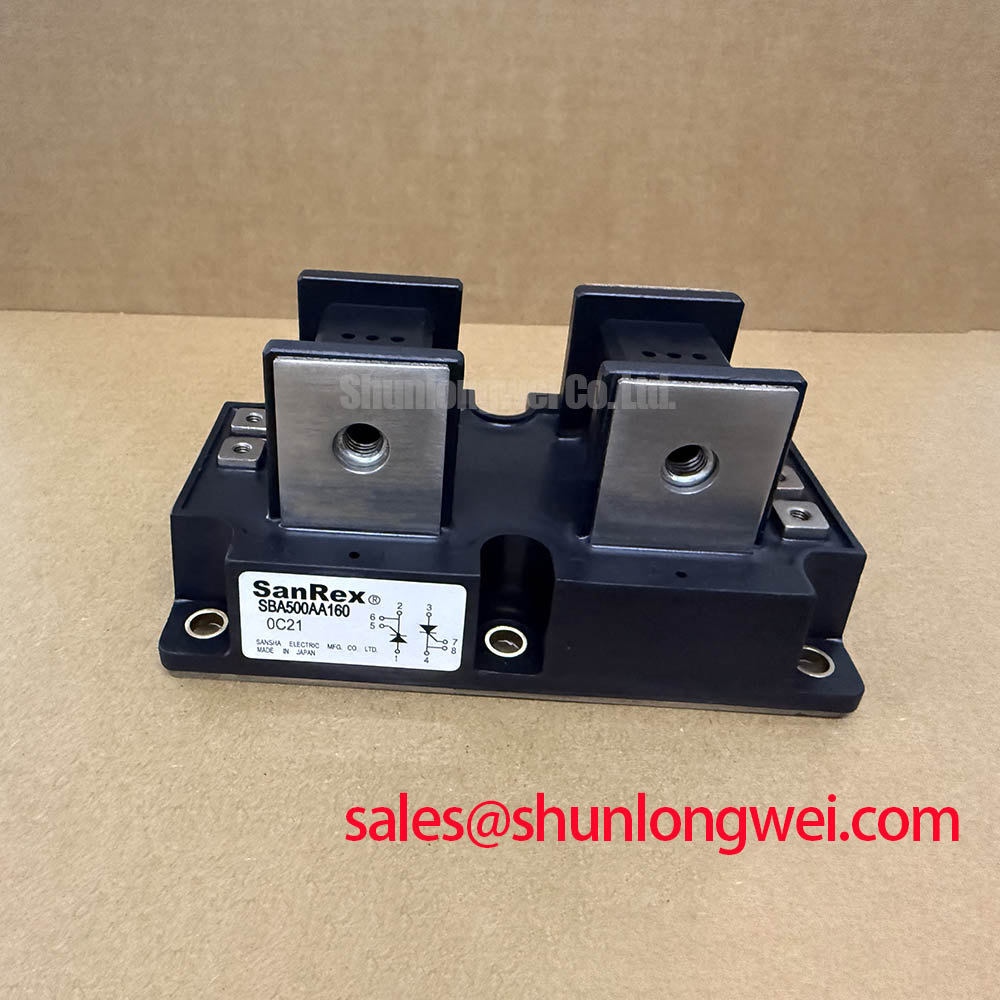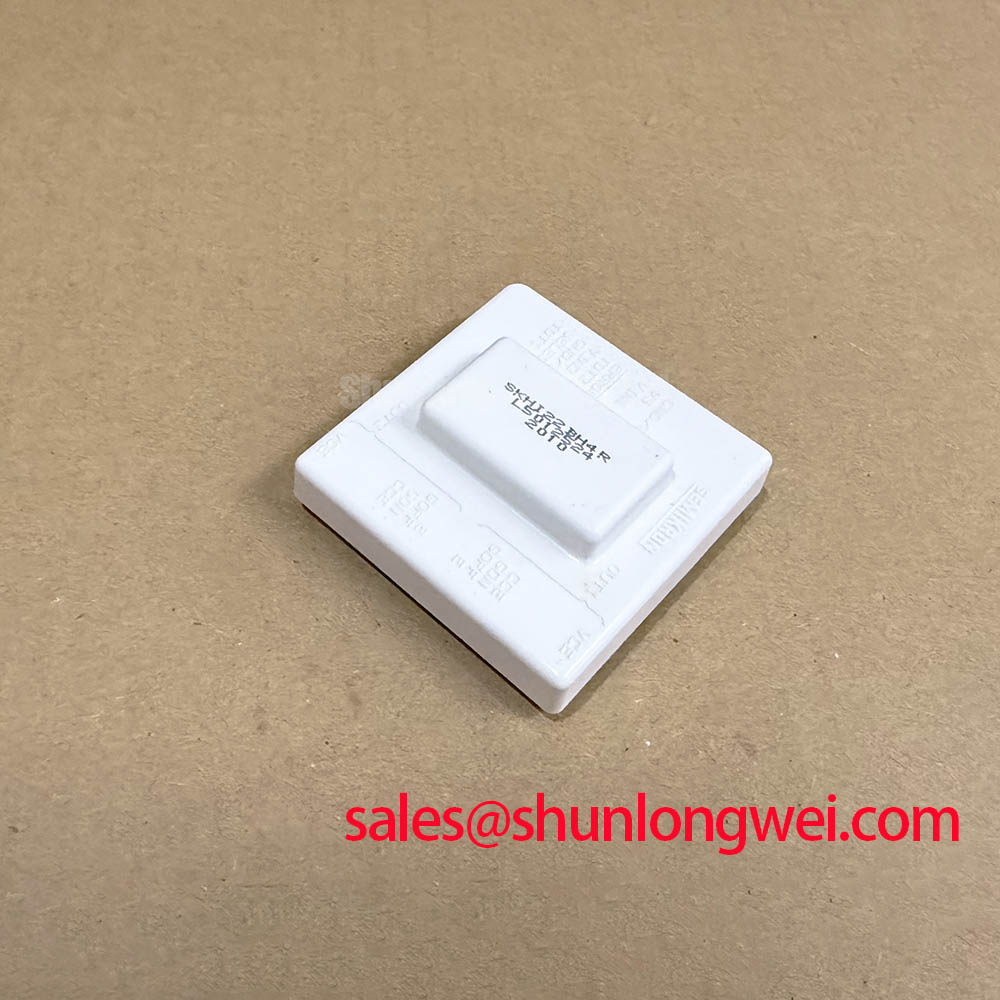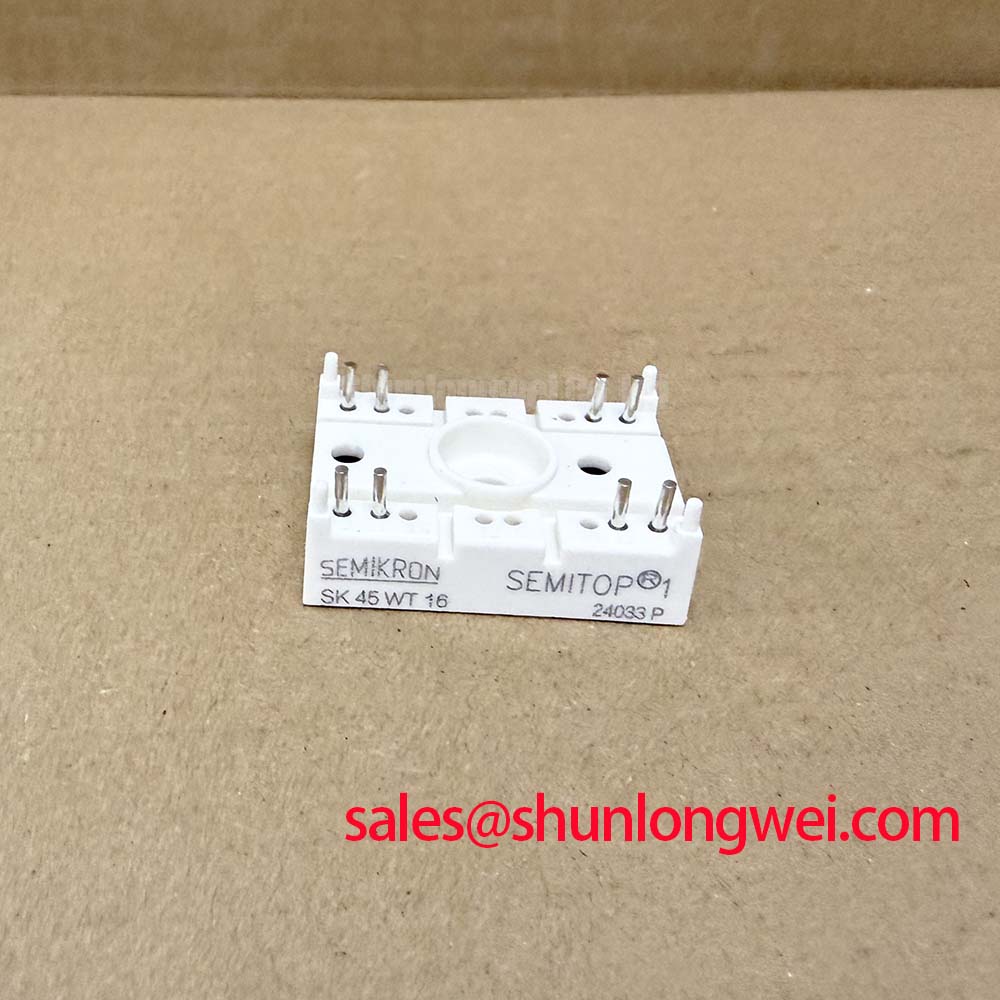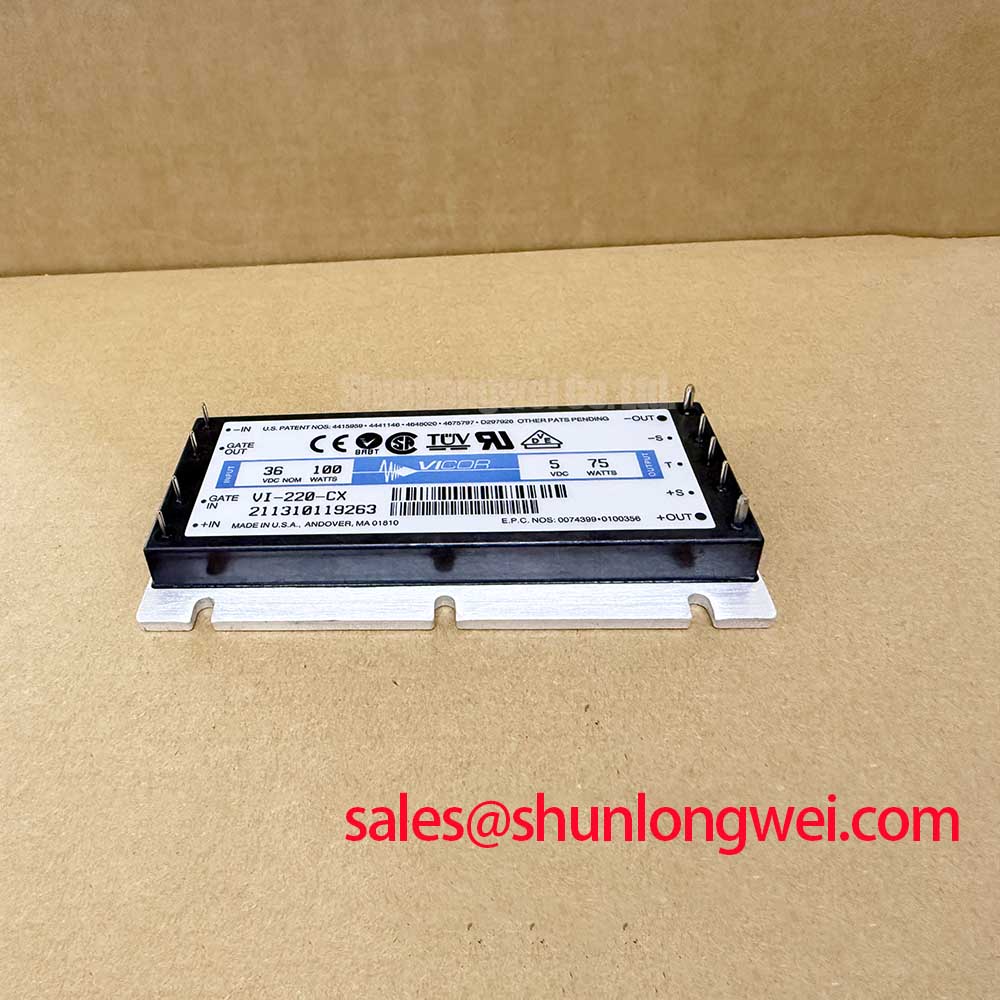## ER057003NCU | Robust 5.7" VGA TFT LCD for Industrial HMIs
The ER057003NCU is a 5.7-inch TFT LCD module engineered for reliability and straightforward integration into demanding industrial environments. It delivers crisp VGA (640x480) resolution, providing the ideal balance of information density and clarity for a wide range of human-machine interface (HMI) applications. Designed as a robust workhorse, this display prioritizes durability, ease of use, and consistent performance over superfluous features, making it a trusted choice for long-lifecycle products.
- Classic VGA Resolution: 640x480 pixels provide sharp, readable graphics and text, perfect for control panels, instrumentation, and data monitoring systems.
- Standard Parallel Interface: Features a versatile 8080-family 8/16-bit parallel interface, ensuring broad compatibility with a multitude of microcontrollers (MCUs) and simplifying hardware design.
- Integrated SSD1963 Controller: Leverages the well-documented and widely supported SSD1963 graphics controller, which includes a built-in frame buffer, accelerating development time and reducing the processing load on the host MCU.
- Industrial-Grade Durability: With an operating temperature range of -20°C to +70°C, the ER057003NCU is built to withstand the thermal challenges of factory floors, outdoor kiosks, and unconditioned environments.
### Key Technical Specifications
| Parameter | Value |
|---|---|
| Display Technology | a-Si TFT-LCD, Transmissive |
| Screen Size (Diagonal) | 5.7 inches |
| Resolution | 640 (RGB) x 480 [VGA] |
| Brightness | 480 cd/m² (Typ.) |
| Interface Type | 8/16-bit 8080 Parallel |
| Controller IC | Solomon Systech SSD1963 |
| Viewing Angle | 70/70/50/70 (L/R/U/D) |
| Operating Temperature | -20°C to +70°C |
| Backlight | White LED |
### Application Scenarios & Engineering Value
The true value of the ER057003NCU lies in its application-specific benefits. Its design choices directly address common engineering pain points across several sectors.
- Industrial Automation & Control Panels: The VGA resolution is optimal for displaying process diagrams, set points, and alarm statuses without overwhelming the operator. The robust temperature range ensures flawless operation right on the factory floor, next to heat-generating machinery. For a deeper look at display reliability, explore our guide on engineering displays for heavy machinery.
- Medical Instrumentation: In devices like patient monitors or diagnostic equipment, reliability is non-negotiable. The standard interface and proven SSD1963 controller simplify the validation and certification process. The display’s clarity ensures that critical data is always legible to healthcare professionals.
- Test & Measurement Equipment: Engineers and technicians require precise data visualization. This display offers the sharpness needed for reading waveforms, spectral data, and complex measurements, while its durability makes it suitable for both benchtop and field-portable units.
### Technical Deep Dive: The Engineer's Advantage
Two key features of the ER057003NCU significantly de-risk and accelerate the design cycle.
First, the choice of the SSD1963 controller is a strategic one. Unlike displays that require a powerful host processor for constant screen refreshing, the SSD1963 incorporates its own 1215K byte frame buffer. This offloads the entire frame-refreshing task from your MCU, freeing up its processing power for core application logic. For developers, this means faster UI performance, lower system complexity, and access to a vast ecosystem of existing drivers and community support, cutting down firmware development from weeks to days.
Second, the 8080 parallel interface provides a high-throughput, low-latency connection that is ideal for dynamic GUIs. Compared to serial interfaces like SPI, a parallel bus can update the screen content significantly faster, preventing tearing or lag when displaying moving graphics or rapidly changing data. This direct bus architecture is straightforward to implement with most 16-bit and 32-bit MCUs, making hardware integration a predictable and manageable task. To understand more about the underlying technology, see this overview of TFT-LCD fundamentals.
### Frequently Asked Questions (FAQ)
1. Can a touch panel be added to the ER057003NCU?
Yes. While this specific model number is for the non-touch display, the mechanical design is compatible with standard 4-wire resistive touch panels (RTP). Integrating an RTP is a common modification that provides a cost-effective and reliable HMI input method, even for users wearing gloves. If your project requires touch functionality, contact our technical team to discuss available options.
2. How is the backlight controlled?
The white LED backlight is powered via dedicated anode (LEDA) and cathode (LEDK) pins. The brightness is typically controlled using a Pulse Width Modulation (PWM) signal from the host MCU, applied to the backlight driver circuit. This allows for precise brightness adjustment to suit ambient lighting conditions and to optimize power consumption.
3. What does the "12 o'clock" viewing direction mean for my design?
The "12 o'clock" designation indicates that the optimal viewing cone, where contrast and color are most stable, is biased for viewing from above the display. This is a critical consideration for product ergonomics. It's best suited for applications where the HMI will be mounted below the user's eye level, such as on a desktop instrument or a control console. This ensures the operator sees the clearest possible image during normal use, enhancing usability and reducing misinterpretation of data. For a comprehensive overview, read our ultimate guide to TFT LCDs.






